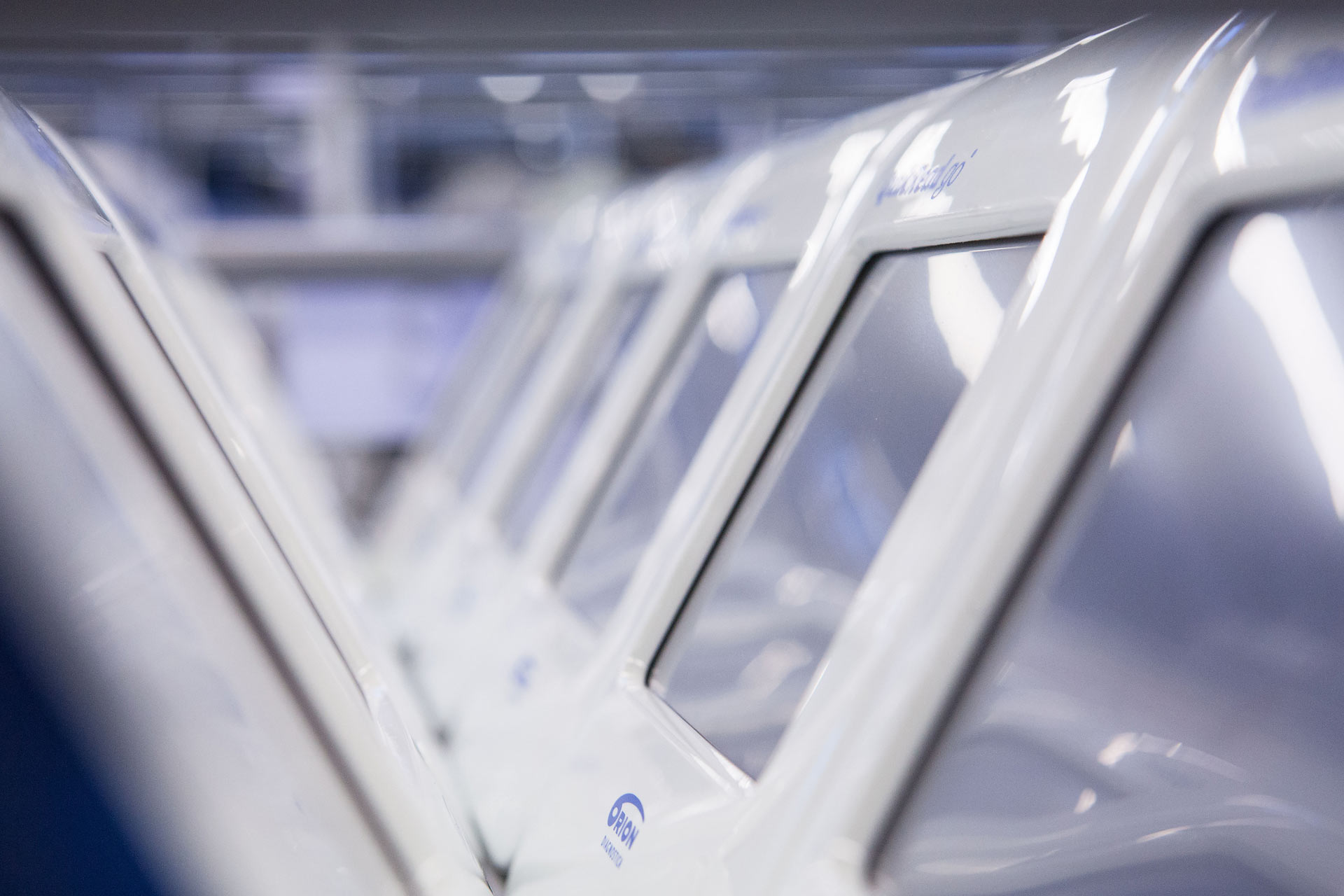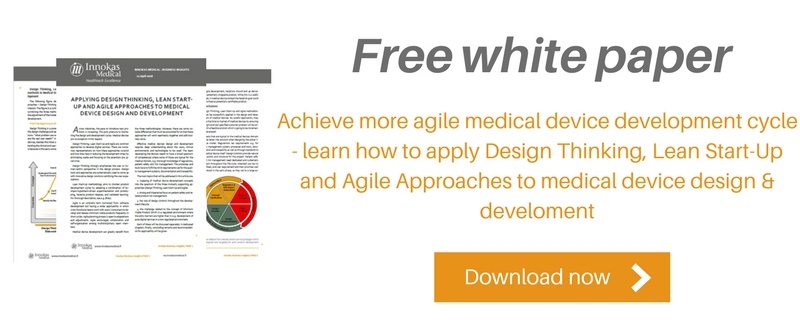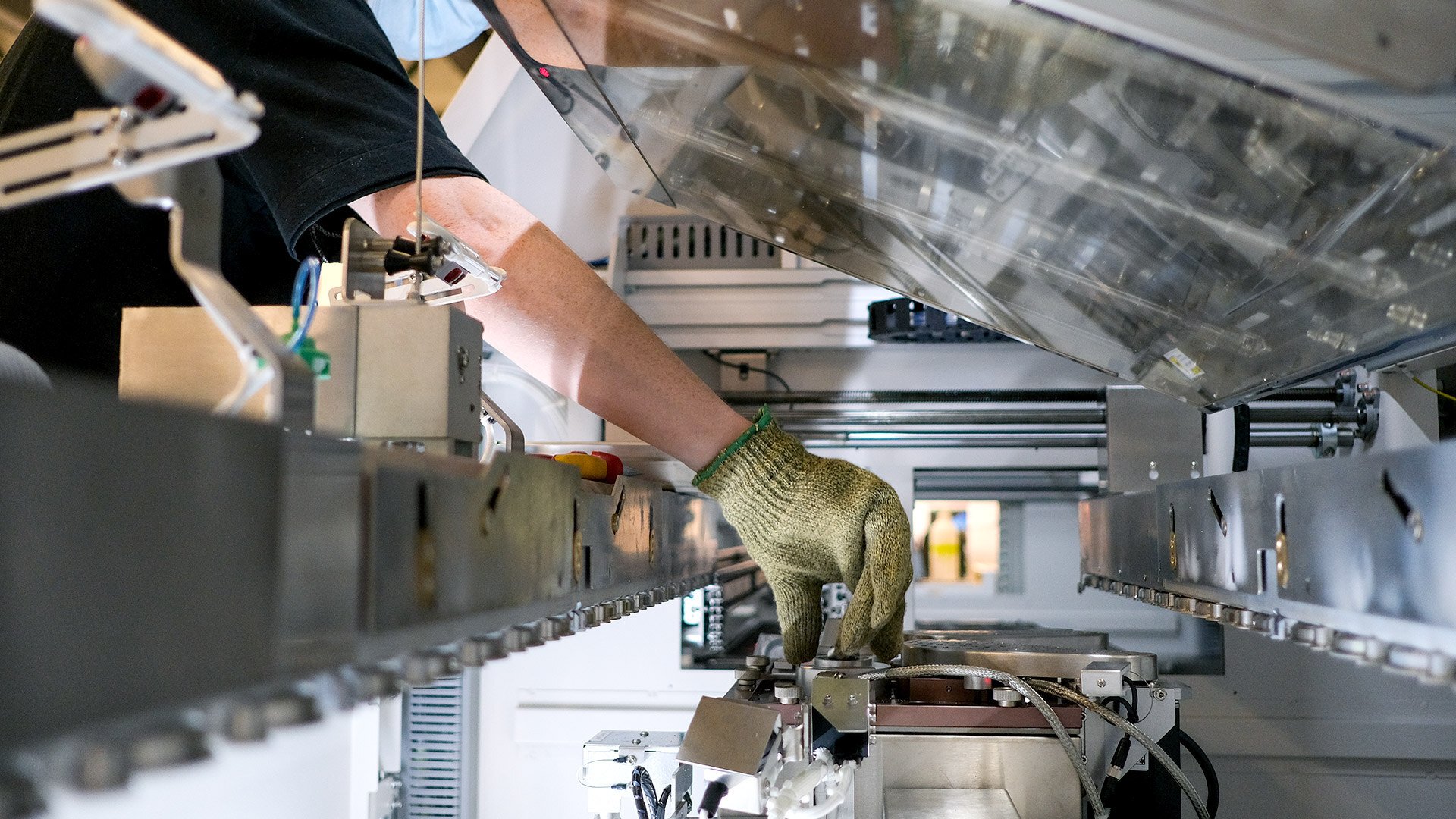Before introducing new medical devices to the market, there’s much more than simply coming up with an innovative idea, building it, and offering it to the masses. One clear rule in the medical field is that if your product and its development, manufacturing and post-market surveillance processes don’t meet all the regulatory guidelines, it won’t get access to the market at all.
Designing and developing medical devices is a very complex process full of needs, specifications, regulations and requirements set by authorities, patients and end users - all of which must be considered and compiled to create a successful medical product. At the same time there is a common trend, which pressurizes medical device OEMs to get certified, high quality medical products to the market as quickly as possible.
Thus we asked ourselves; is it possible to achieve quality and regulatory compliance in more efficient way in the design and development phase in order to get the market access on time and to ensure more agile development cycle for medical devices? Is it even possible to achieve that while at the same time recognizing all the needed fundamentals, specifications and requirements set by authorities, patients and end users?
We think yes - and here are our few essentials to keep in mind!
The role of Design Controls in medical device design and development
In the medical field, Design Controls are part of Quality Management system. The objective of Design Controls is to require designers to follow a methodologically-proven process to develop a medical device. This provides a well-defined path from planning, via design and implementation to verification and validation, where everything is thoroughly documented, risks mitigated and traceability is visible from end-to-end. The intent is to improve the probability that the device will reach an acceptable level of effectiveness and safety.
Medical device design and development are subject to a set of defined Design Controls, like FDA’s 21 CFR 820.30 and ISO 13485 in Europe. Those add the level of formalism and documentation required in the medical field, when compared to some other domains.
Integrate the Design Controls into the daily work of your design organization
Due to a set of defined Design Controls required, designing and developing of medical devices can be seen as a very complex process. To meet the increasingly evolving quality and regulatory world in the field and to ensure the efficiency, it is clear that companies should strengthen and wisely organize its regulatory compliance know-how and competence.
One concrete example how to do so is to invest in Design Controls competence, its resourcing and continuous development of the team. As well as integrate all this as a natural part of the company’s design organization. When doing so, the company can ensure that they have a competent team in-house supporting the medical device development projects according to applicable regulations, guidance and standards.
At Innokas Design Studio the named Design Controls function is responsible for further development of our design and development processes and associated practices. In addition, it acts as quality and regulatory representative in the design organization; leads company’s design and risk management processes and keeps the engineering team up-to-date with changes in rules, regulations and standards in the field. The Design Controls team also supports in our customer projects in terms of quality and regulatory aspects, as well as run and participate in the official design reviews as QA&RA representative.
With this tight integration we aim to ensure more efficient quality and regulatory compliance in product development projects, which enables more agile project schedules by doing things right the first time.
Design Controls are a must already in the idea phase
It should be clearly understood that the quality and regulatory compliance must be recognized and understood already at the idea phase of the medical device life-cycle. With the right choices made already in the idea phase, the more agile project schedules can be achieved - also in the name of quality and regulations.
For example, the intended use and the classification of the device have a significant impact on the laws, standards and regulations as well as on the needed documentation the authorities require. In addition, the identification of the initial risks of the device should also be made already at the early phase of the process - it has straight effect to the design and development phase of the device.
In close co-operation with the customer, the engineering team and the internal Design Controls competence we initially study the regulations related to the different device types and decide what patient groups, which users and what type of use environments fit into the intended scope of the device. In addition, the most appropriate regulation and performance characteristics for the particular device must be selected. This must happen already at the idea phase.
Building competitiveness
The regulations are changing in Europe as we speak. In addition, the amount of responsibilities for QA&RA representatives will increase due to new MDR/IVDR regulations in Europe. In the rest of the world there is a noticeable increase in regulatory requirements, too.
To keep up with the global competition, we see companies must make a strategic choice to integrate QA&RA experts in their different business units. In future product development, companies must be able to even more comprehensively take care of quality and regulatory compliance during, e.g., design and development projects. The careful and professional QA&RA compliance and expertise may even become one of the competitive edges of companies in the future.
The success in the future can be achieved also through co-creation partnerships. Due to complexity and strict, but constantly evolving regulations, the partnerships that emphasize co-creation over the entire product life-cycle will become more significant drivers for competitiveness. We see co-creation as one key element to get certified, high quality medical products to the market quickly and smoothly.
In addition to the importance of quality and regulatory compliance, the whole medical device development process should follow certain rules and best practices to achieve the more agile medical device development cycle. According to our studies, the commonly known three methodologies of product development - Design Thinking, Lean Start-Up and Agile methodologies - are something that can be successfully applied to the design and development of medical devices. When done properly, they reduce the time to market of the device by ensuring that right and well specified customer problem will be solved with a feasible solution, which is going to be incrementally developed.
In our brand new White Paper we describe in a detailed level how to get high-quality medical product to the market as quickly as possible by using these three methodologies. Please, download your free White Paper below!











